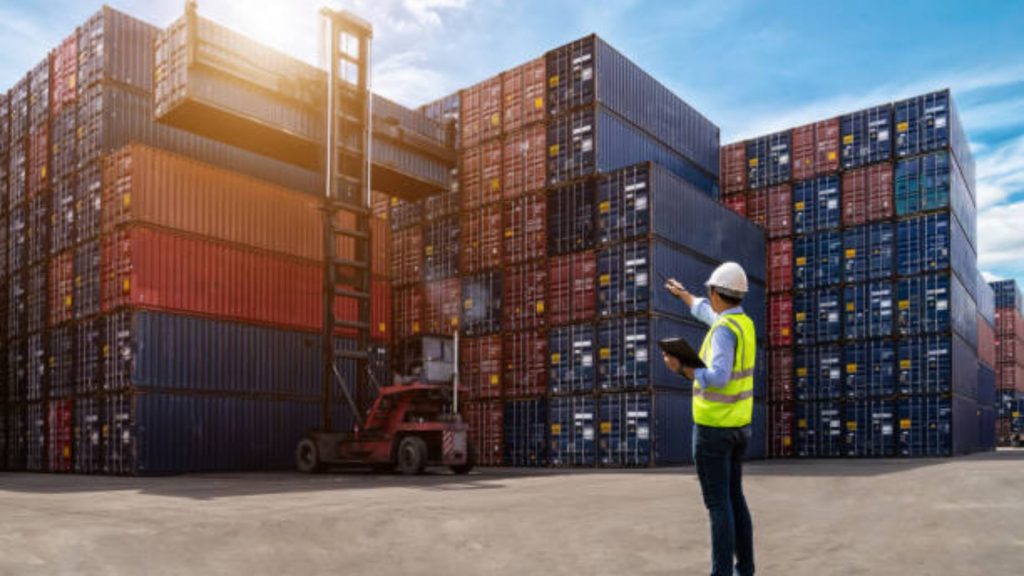Discover inspiring ideas to optimize efficiency when loading containers like a pro. Maximize space utilization and streamline the loading process for enhanced productivity. Efficiently loading containers is crucial for businesses involved in shipping and logistics. It not only ensures the safe transportation of goods but also maximizes space utilization, reduces costs, and improves overall productivity. In this blog, we will explore various strategies and inspiring ideas to help you load containers like a pro. By implementing these tips, you can streamline your loading process and optimize efficiency, leading to significant benefits for your business.
Maximizing Space Utilization
To maximize space utilization when loading containers, consider the following tips:
1. Use pallets and stackable storage solutions:
Utilize pallets and stackable storage solutions to create vertical space within the container. This allows for efficient stacking of goods, minimizing wasted space.
2. Optimize cargo placement:
Strategically place cargo based on its weight and size. Heavier items should be loaded at the bottom, distributing the weight evenly throughout the container. This ensures stability during transit and prevents damage to goods.
3. Utilize container corners and gaps:
Use container corners and gaps to fit smaller items. Fill these spaces with lightweight or irregularly shaped goods to maximize space utilization.
4. Implement secure dunnage systems:
Dunnage systems, such as airbags or braces, provide stability and prevent cargo movement during transportation. By securing the load, you can utilize the entire container space more efficiently.
5. Consider collapsible containers:
Collapsible containers offer flexibility and space-saving advantages. When empty, these containers can be folded and stored, reducing storage requirements and improving overall efficiency.
6. Utilize load planning software:
Implement load planning software to optimize the arrangement of goods within the container. These software solutions consider various factors, such as weight distribution and cargo dimensions, to create an optimized loading plan.
7. Use interlocking techniques:
Utilize interlocking techniques when loading goods. This involves fitting items together like a puzzle, minimizing wasted space, and ensuring a tight fit.
8. Consider vertical loading:
In some cases, the vertical loading of goods can be a viable option. This method involves suspending goods from the ceiling of the container, allowing for maximum space utilization on the floor.
Streamlining the Loading Process
To streamline the loading process and improve efficiency, consider the following strategies:
1. Create a loading plan:
Develop a comprehensive loading plan that outlines the sequence in which items should be loaded. This ensures a systematic approach and minimizes the chances of errors or delays.
2. Train your staff:
Provide adequate training on proper loading techniques, safety protocols, and the efficient use of loading equipment. Well-trained personnel will contribute to a smoother loading process.
3. Invest in suitable loading equipment:
Equip your facility with the necessary loading equipment, such as forklifts, pallet jacks, or conveyors. These tools streamline the loading process and reduce physical strain on workers.
4. Label and organize cargo:
Clearly label goods and organize them based on their destination or storage requirements. This minimizes confusion during loading, allowing for faster and more efficient placement of items.
5. Optimize workflow:
Analyze your loading process and identify potential bottlenecks or areas for improvement. Streamline the workflow by eliminating unnecessary steps or implementing automation where possible.
6. Maintain a clean and organized loading area:
A clean and organized loading area improves efficiency by reducing clutter, preventing accidents, and facilitating more accessible access to goods.
7. Communicate effectively:
Establish clear lines of communication between loading personnel, warehouse staff, and drivers. Effective communication ensures that everyone knows the loading requirements and can coordinate seamlessly.
8. Conduct regular inspections:
Regularly inspect containers, loading equipment, and packaging materials to identify any issues impacting the loading process. Addressing these issues promptly helps maintain efficiency and prevents delays.
Unleash Your Inner Master with Our Container Loading Techniques
Optimizing container loading efficiency is crucial for businesses involved in shipping and logistics. By implementing the strategies and ideas discussed in this blog, you can maximize space utilization, streamline the loading process, and improve overall productivity. Remember to create a comprehensive loading plan, train your staff, utilize suitable equipment, and maintain an organized loading area. By doing so, you can load containers like a pro and reap the benefits of enhanced efficiency and cost savings. Start optimizing your container loading process today and unlock improved efficiency and productivity. Implement these inspiring ideas and strategies to load containers like a pro. Maximize your space utilization and streamline your shipping operations. Contact us now to learn more!

